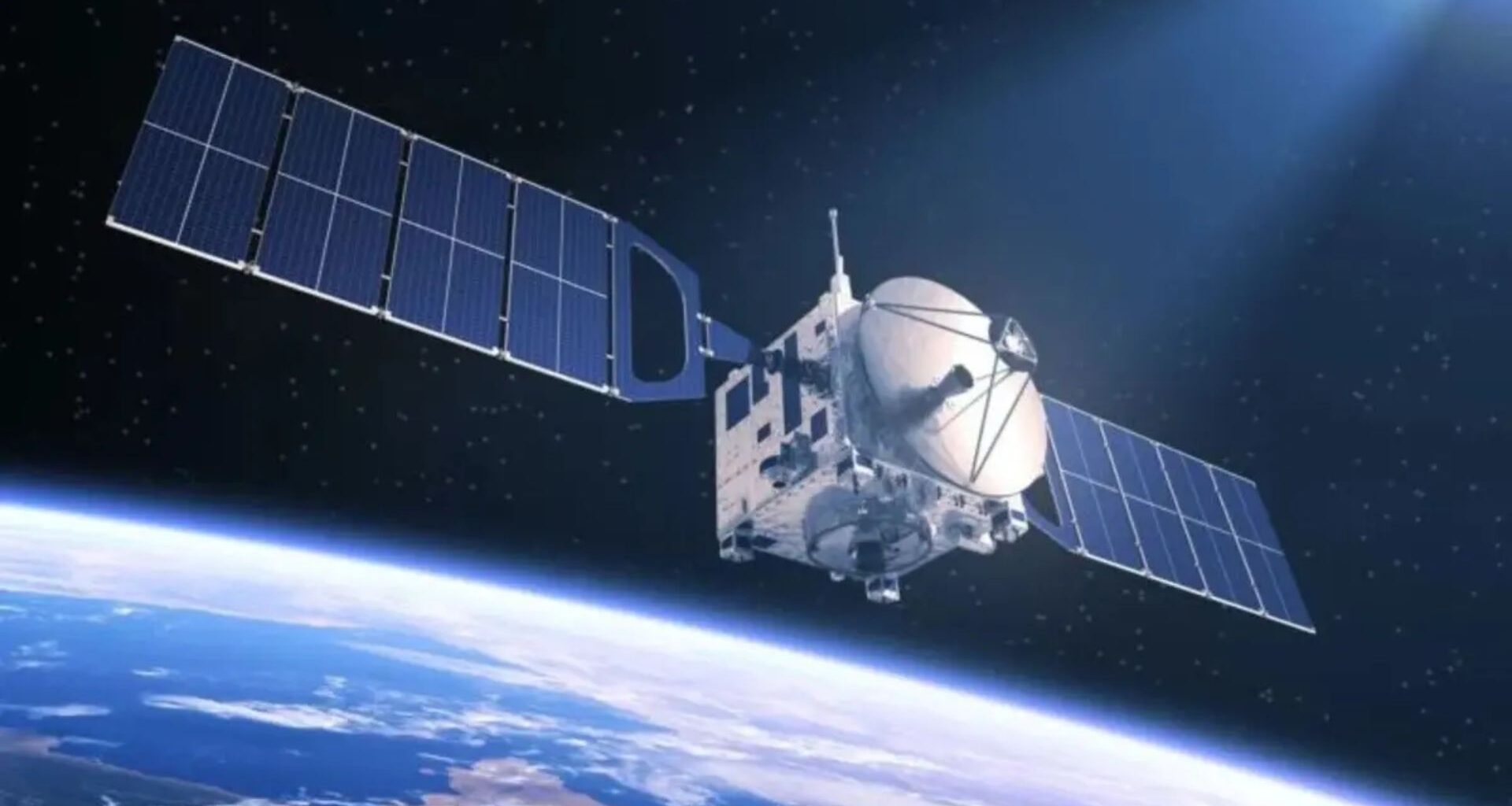China’s latest research claims that the age of undetectable stealth aircraft might soon be over.
A team of Chinese scientists has allegedly demonstrated through simulations that space-based radar satellites could track stealth fighters like the F-22 Raptor and B-21 Raider from orbit — a goal once considered impossible.
The study, published this month, shows that a new type of bistatic radar satellite system can suppress background clutter from land and sea surfaces, allowing it to detect faint radar signatures even in challenging conditions.
Overcoming the limits of optical satellites
China had already showcased its ability to spot stealth jets with the Jilin-1 commercial satellite constellation, which successfully tracked an F-22 flying through clouds.
But optical systems are limited by daylight and weather. They cannot operate at night or penetrate fog, clouds, or storms.
For real military use, radar satellites are far more dependable since they can function 24/7 under all conditions.
For years, however, experts believed that detecting stealth aircraft from orbit was nearly impossible because radar signals would be lost amid the reflections from rough seas or mountains.
Breakthrough with the LT-1 dual-satellite system
In 2022, China launched the Ludi Tance No. 1 (LT-1) dual-satellite radar system that operates in a bistatic configuration. One satellite transmits radar pulses while the other receives the echoes. This design reduces interference and background clutter, improving the ability to detect hidden or low-observable aircraft.
“When the target is a small moving object, its RCS is inherently small, and given the long detection range of space-borne radar systems, the returned echo signal becomes extremely weak, severely degrading target detection performance,” wrote the research team led by Chen Junli, chief satellite designer at the Shanghai Academy of Spaceflight Technology (SAST), as reported by South China Morning Post (SCMP).
“To address this challenge, the space-borne bistatic radar architecture leverages a key characteristic: under large azimuth bistatic angles, there is a high probability of significant RCS enhancement for the target,” Chen and his colleagues revealed.
The study simulated a stealth target with a radar cross-section (RCS) of 10 square meters, which is realistic for modern stealth aircraft when viewed from above. The radar used the L-band frequency at 4 kilowatts transmission power, matching known LT-1 specifications.
Simulations point to real-world detection potential
The simulations showed that bistatic radar can effectively reduce clutter and detect moving targets at speeds as low as 50 km/h (31 mph), SCMP reported. The researchers also noted that the system’s receiver, which does not transmit signals, makes the network harder to jam.
“The anti-interference ability can be improved because the receiver does not transmit signals,” the team added.
The findings were supported by China’s top institutions involved in LT-1’s development, including Northwestern Polytechnical University, Shanghai Jiao Tong University, and SAST. Together, they created a new model to simulate radar clutter more accurately than existing models.
The optimal detection occurred at bistatic angles between 30 and 130 degrees, where radar clutter was lowest even over rough seas. This setup suggests that China’s twin-satellite architecture can, in theory, overcome the very background noise that once made stealth aircraft invisible from orbit.
A strategic turning point
If verified through real-world experiments, this research could change global military strategy. Stealth jets, long believed to be invisible from space, may now be within reach of orbiting radars.
China’s growing constellation of radar satellites could enable continuous, all-weather monitoring of air activity across wide regions.
The implications are immense that stealth aircraft and even low-flying drones or cruise missiles could soon be detectable from space.
The study was published in the Journal of Radars.
